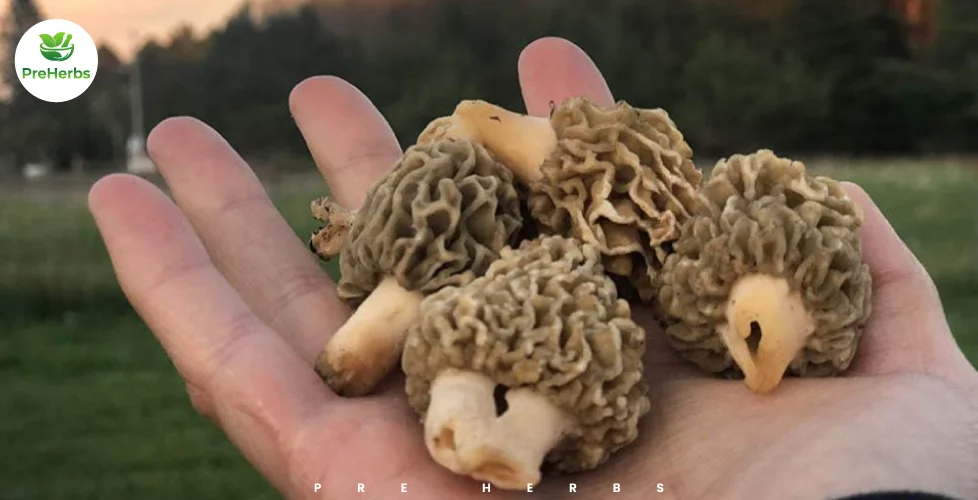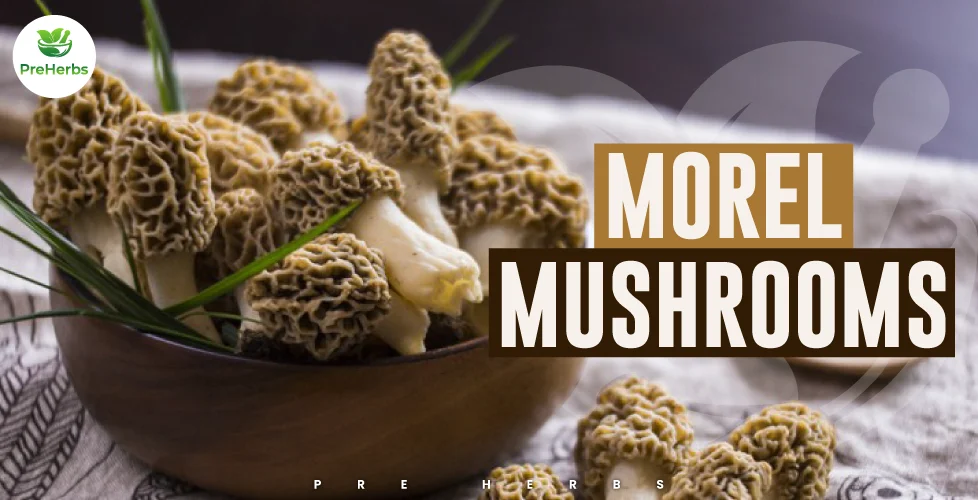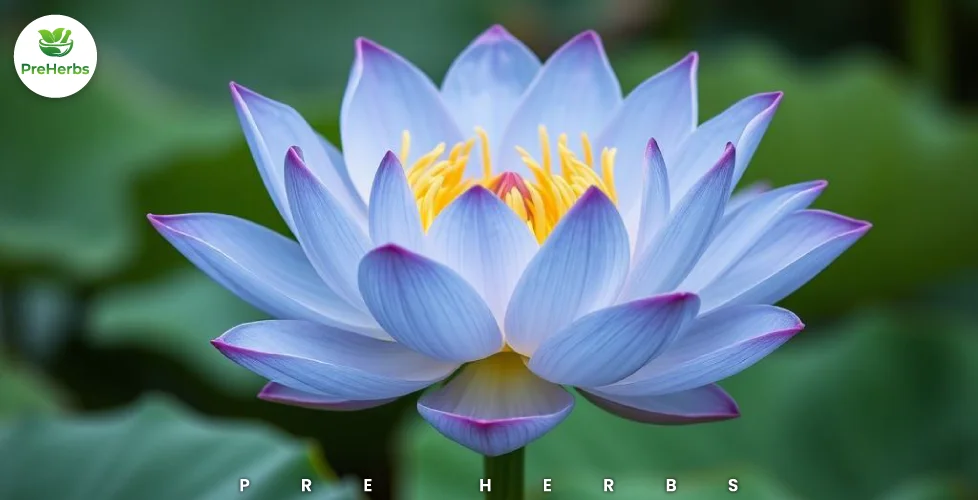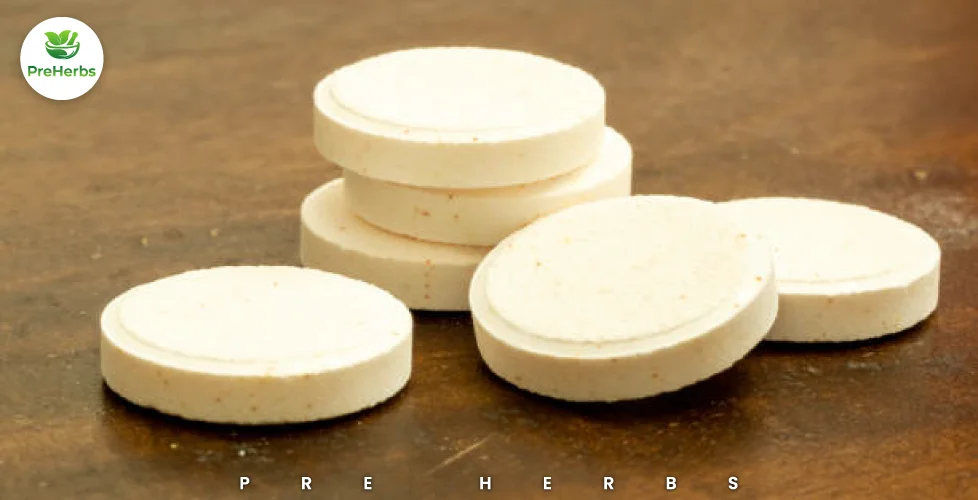Dried morel mushrooms are a culinary delicacy that captivate chefs, food lovers, and foragers alike. Known for their earthy, nutty flavor and meaty texture, morel mushrooms are among the most prized edible fungi in the world. Whether featured in creamy pastas, rich risottos, or elegant sauces, dried morels add depth and sophistication to any dish.
In this blog post, we’ll explore the fascinating world of Dried mushrooms—from their wild origins and nutritional value to proper rehydration, cooking methods, storage tips, and how to buy the best quality. If you’re new to morels or looking to deepen your understanding, this comprehensive guide is your ultimate resource.
What Are Morel Mushrooms?

Morel mushrooms (genus Morchella) are a unique group of wild fungi known for their honeycomb-like appearance and savory taste. Unlike common cultivated mushrooms such as button or portobello, morels are not typically farmed on a commercial scale due to their complex growing requirements. Most morels are still gathered in the wild, especially during the springtime in North America, Europe, and parts of Asia.
There are many varieties of morels, including:
- Black Morels (Morchella elata)
- Yellow Morels (Morchella esculenta)
- Half-Free Morels (Morchella semilibera)
Each species has subtle differences in size, shape, and flavor, but all are edible and cherished by mushroom enthusiasts.
Read More: The Fascinating World of Porcini Mushrooms: Flavor, Nutrition, and Recipes
Why Are Morels Dried?
Morels have a very short growing season—just a few weeks each spring—and they spoil quickly when fresh. Drying them allows for long-term storage and makes them available year-round. Drying also intensifies their already rich flavor, making them ideal for gourmet recipes.
Because dried morels are lightweight and concentrated in taste, a small quantity can go a long way. This makes them a convenient and economical option for home cooks and professional chefs alike.
Nutritional Benefits of Morel Mushrooms

Dried morel mushrooms aren’t just tasty—they’re also packed with nutritional benefits:
- High in Protein: Morels contain more protein than most vegetables, making them a good supplement for vegetarians and vegans.
- Rich in Vitamins: Particularly B vitamins like niacin (B3), riboflavin (B2), and vitamin D, which support metabolism and bone health.
- Loaded with Antioxidants: Morels contain selenium and other antioxidants that may help combat oxidative stress.
- Low in Calories: Like most mushrooms, morels are low in calories and fat, making them suitable for weight management diets.
- Dietary Fiber: They contain fiber that supports digestion and helps maintain a healthy gut.
However, as with all wild mushrooms, it’s essential to source morels from reputable suppliers to avoid toxic look-alikes and contaminants.
Read more: Health Considerations and Benefits of Eating Fried Mushrooms
Rehydrating Dried Morel Mushrooms
To fully appreciate dried morels, you need to rehydrate them before cooking. The rehydration process is simple and results in a texture that is quite similar to fresh morels.
How to Rehydrate:
- Rinse Gently: Place the dried morels in a sieve and rinse under cold water to remove any dirt or debris.
- Soak in Warm Water: Place the rinsed mushrooms in a bowl and cover with warm water (not boiling). Let them soak for 20–30 minutes.
- Drain and Reserve Liquid: Remove the mushrooms with a slotted spoon. Strain the soaking liquid through a coffee filter or cheesecloth and save it—it’s full of umami flavor and can enhance soups, risottos, or sauces.
- Pat Dry and Cook: Once softened, pat the mushrooms dry with a paper towel and use them in your recipe as you would fresh mushrooms.
Culinary Uses of Dried Morel Mushrooms
Morels are highly versatile in the kitchen. Their bold, woodsy flavor enhances a variety of dishes, from rustic to refined. Here are some popular ways to use them:
1. Pasta and Risotto
Morels pair wonderfully with cream, butter, and cheese. Try sautéing them in butter and tossing with fettuccine, garlic, shallots, and a touch of cream. In risotto, they add a deep umami flavor that complements the creamy texture of arborio rice.
2. Stuffed Morels
Rehydrated morels can be stuffed with cheese, herbs, or breadcrumbs and baked or pan-fried. This makes a stunning appetizer or vegetarian entrée.
3. Meat and Game Dishes
Morels are traditionally used with veal, lamb, and poultry. Their earthy tones complement wild game such as venison or duck. Use them to create a luxurious sauce with pan drippings, cream, and the reserved soaking liquid.
4. Soups and Stews
Add morels to mushroom bisques, beef bourguignon, or vegetable soups for a savory twist. Their flavor blends especially well with root vegetables and beans.
5. Eggs and Breakfast Dishes
Sautéed morels are an excellent addition to omelets, quiches, and scrambled eggs. Their hearty texture and taste elevate simple egg dishes.
Read more: The Ultimate Guide to Baby Bella Mushrooms: Nutritional Value and Culinary Uses
Flavor Pairings with Morels
Morels work beautifully with ingredients that either contrast or enhance their earthy, nutty notes. Ideal pairings include:
- Fats: Butter, cream, olive oil
- Proteins: Eggs, veal, chicken, duck
- Vegetables: Asparagus, peas, shallots, leeks
- Herbs and Spices: Thyme, parsley, garlic, tarragon, black pepper
- Grains and Pasta: Arborio rice, polenta, pappardelle
A glass of white Burgundy, Chardonnay, or Pinot Noir can perfectly accompany morel-centric dishes.
Where to Buy Dried Morel Mushrooms
Dried morels are available in gourmet food stores, online marketplaces, and specialty mushroom suppliers. When buying dried morels, consider the following tips:
What to Look For:
- Appearance: Look for whole caps with a firm, honeycomb structure. Avoid overly broken pieces.
- Color: A natural tan to dark brown color is ideal. Avoid mushrooms that look too black or appear moldy.
- Scent: They should smell earthy and mushroomy—not sour or musty.
- Origin: Try to buy morels that are sustainably harvested and traceable to reputable foraging regions (e.g., Pacific Northwest, Appalachian Mountains).
Top Online Sellers:
- Marx Foods
- Northwest Wild Foods
- FungusAmongUs
- Etsy (look for verified sellers)
- Amazon (check reviews carefully)
How to Store Dried Morel Mushrooms
When stored correctly, dried morel mushrooms can last for 12–24 months. Here’s how to keep them fresh:
- Use an airtight glass jar or vacuum-sealed pouch
- Store in a cool, dry, dark location (avoid humidity)
- Label with the purchase date
- For extended freshness, consider storing in the freezer
Read more: How Long Do Mushrooms Last in the Fridge? An Essential Guide for Mushroom Lovers
Harvesting and Sustainability
Wild morel foraging is a treasured springtime tradition in many regions. However, responsible harvesting is crucial to maintaining morel populations and protecting forest ecosystems.
Foragers Should:
- Use a mesh bag to carry mushrooms and allow spores to spread.
- Cut or pinch the mushrooms at the base rather than pulling them from the ground.
- Avoid over-harvesting from a single patch.
- Leave behind very small or overly mature specimens to sustain growth.
Because morels grow in specific environmental conditions, their populations can be affected by wildfires, climate changes, and human disruption. Support sustainable foragers and organizations that promote responsible harvesting.
Safety Tips for Consuming Dried Morel Mushrooms
While the dried morel mushroom is edible and nutritious, proper handling is crucial. Follow these safety tips to avoid adverse effects:
- Never eat raw: Cooking neutralizes natural toxins (like hydrazine compounds).
- Buy from reputable sources: To ensure correct species and cleanliness.
- Rinse thoroughly: After soaking, to remove debris or hidden insects.
- Strain the soaking liquid: Through a fine mesh or coffee filter to remove sediment.
- Watch for allergic reactions: Eat a small portion if it’s your first time
- Avoid alcohol when consuming: In rare cases, this combo can cause digestive upset.
- Store properly: Keep in an airtight container in a cool, dark place for longevity.
Read More: Navigating the Negative Effects of Portobello Mushrooms: Tips for Safe Consumption
How to Tell Real Morels from False Morels

There are toxic mushrooms that closely resemble true morels. The most common imposters are from the Gyromitra genus, often called “false morels.” These mushrooms contain harmful toxins and can be fatal if consumed.
Tips to Identify True Morels:
- Cap Shape: True morels have a uniformly conical, honeycomb cap with pits and ridges.
- Hollow Inside: When sliced vertically, a real morel is hollow from stem to tip.
- Cap Attachment: True morel caps are attached directly to the stem at the base, not hanging freely like an umbrella.
WARNING
If you’re unsure, consult a local mycologist or use a mushroom identification guide. Never eat wild mushrooms unless you’re absolutely certain they’re safe.
Dried morel mushrooms are one of nature’s most extraordinary ingredients. Their deep, woodsy flavor, luxurious texture, and nutritional value make them a must-have for any serious cook or food lover. Whether you’re making a rich sauce for a filet mignon, elevating a pasta dish, or simply enjoying a comforting mushroom risotto, dried morels add depth and refinement to any meal.
With their rich history, seasonal rarity, and intense taste, morels truly earn their place as a gourmet treasure. By understanding how to select, store, rehydrate, and cook them, you can bring the magic of the forest into your kitchen—any time of year.



